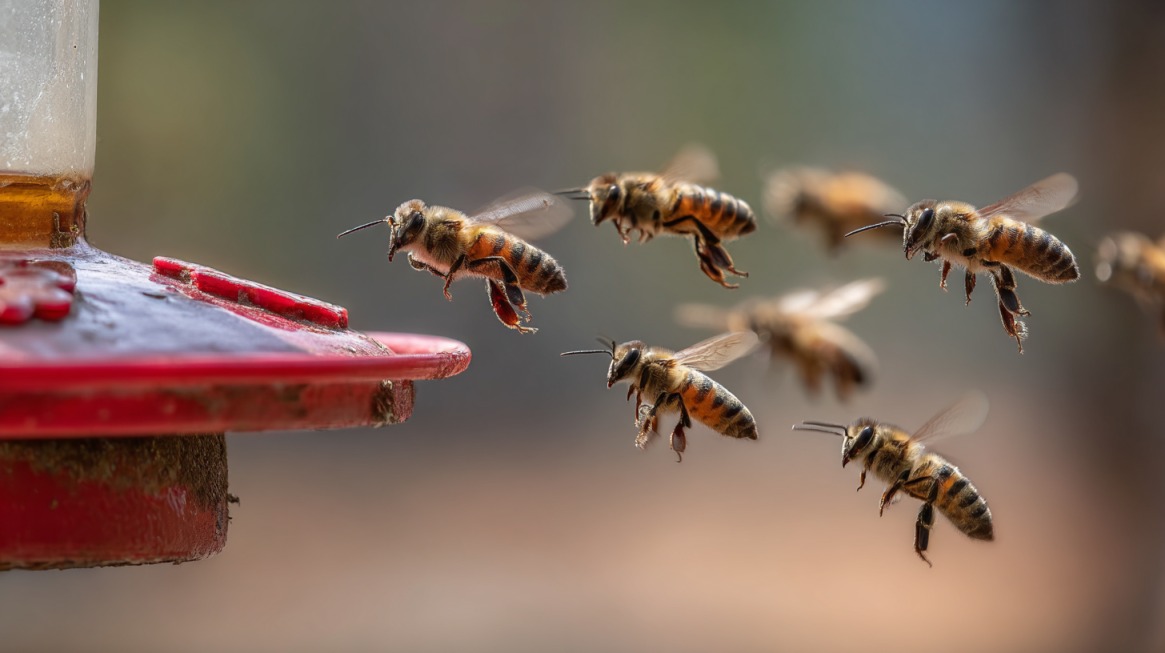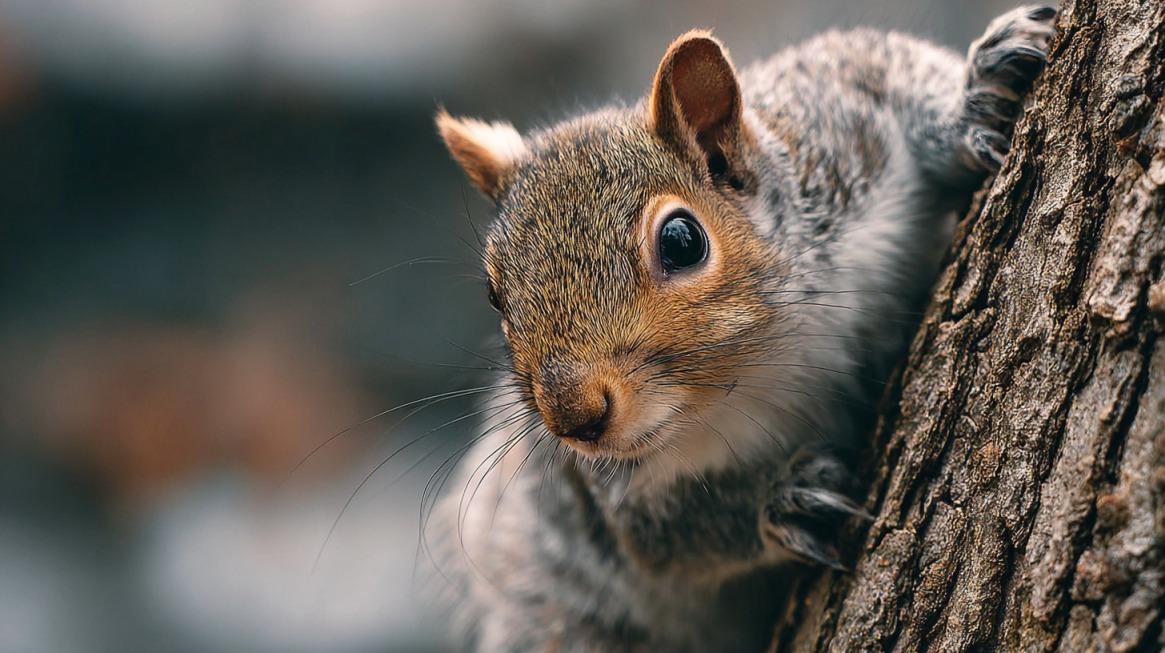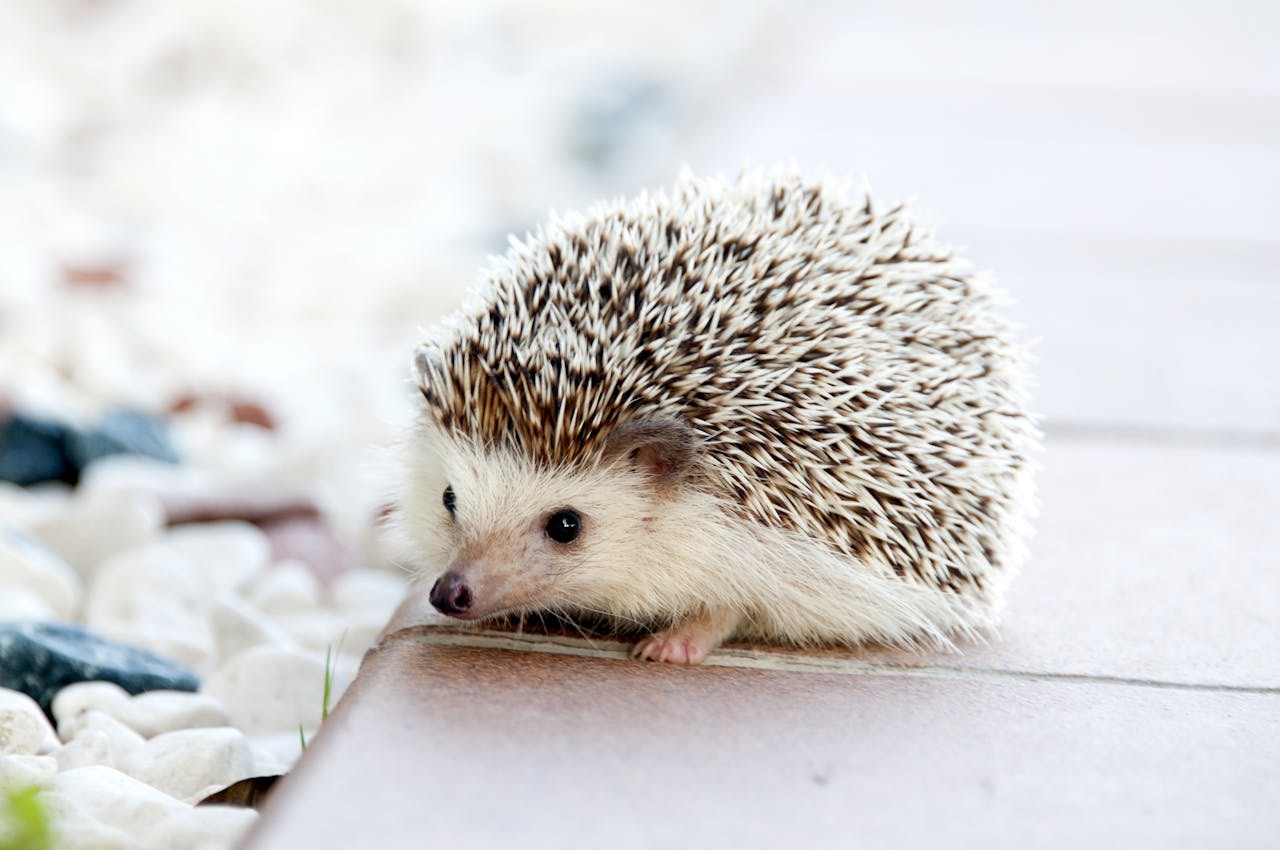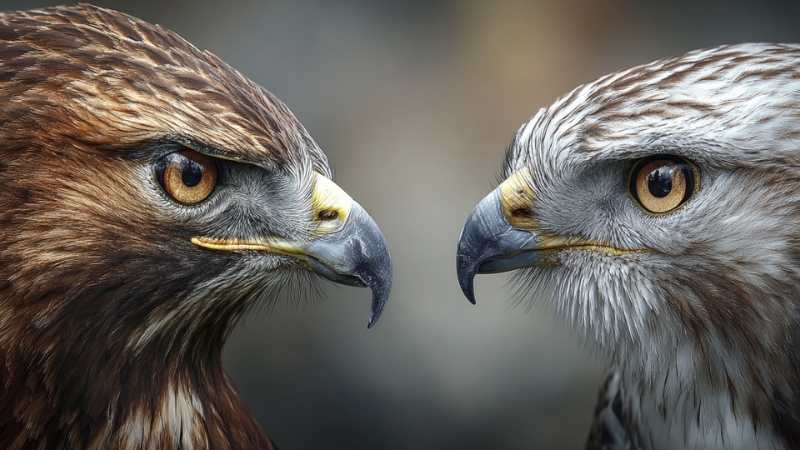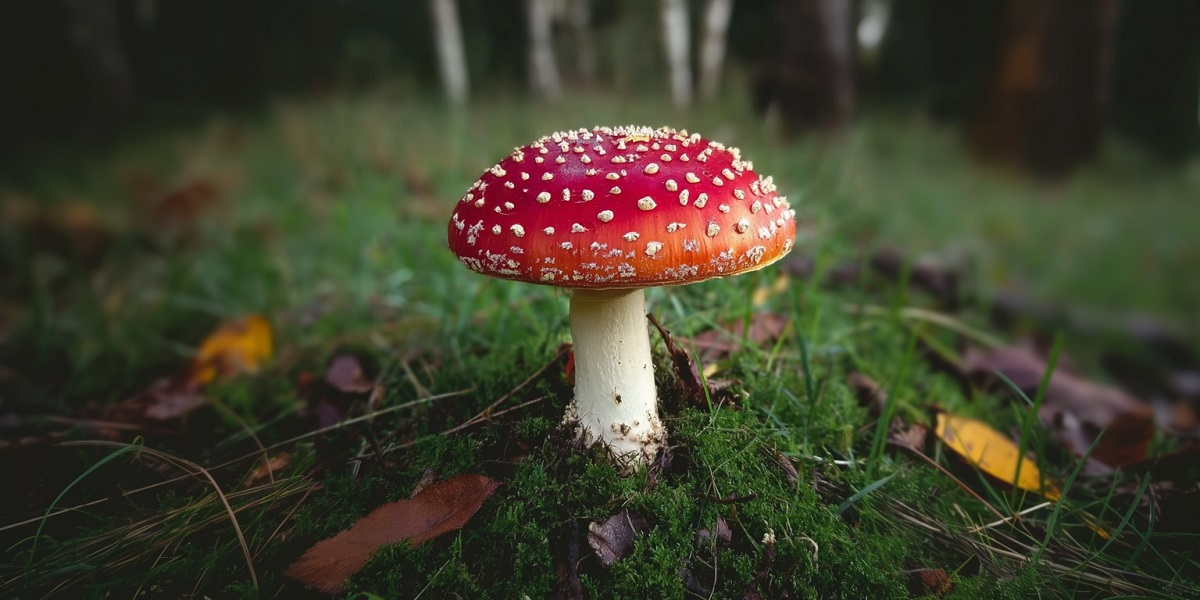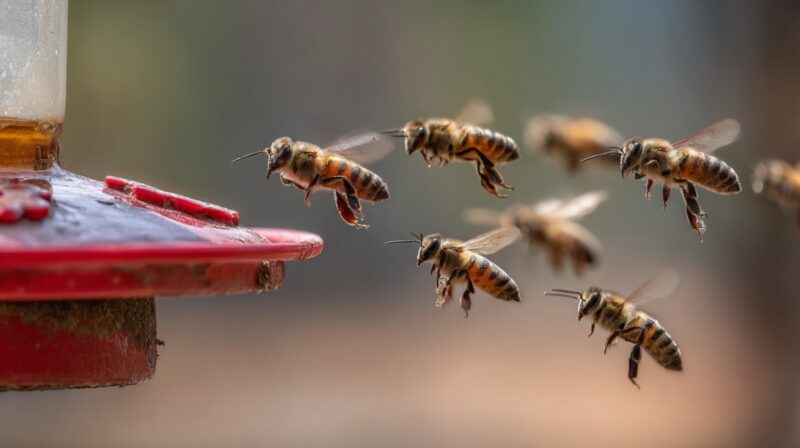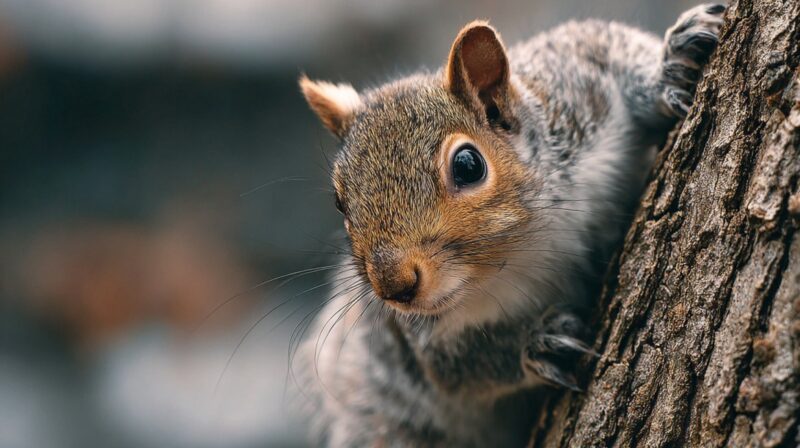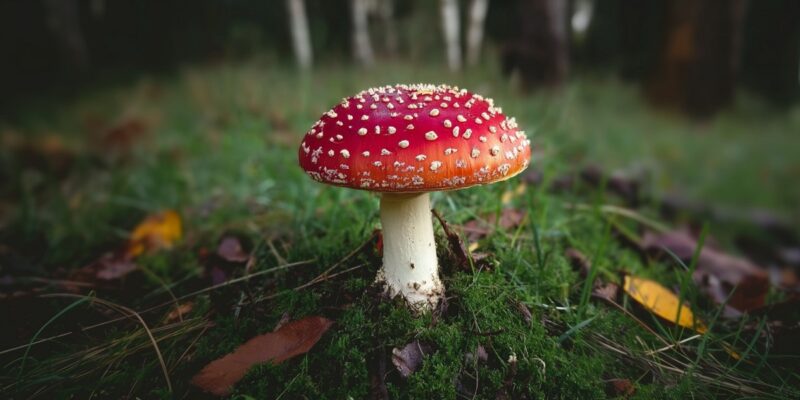
Share Post:
If you think all mushrooms are brown and dull, think again. The fungal kingdom is one of the most visually stunning realms in nature.
From electric blues and fiery oranges to ghostly purples and neon greens, these organisms prove that beauty and strangeness often go hand in hand.
Some use vivid pigments for protection, others to attract insects for spore dispersal, and some simply glow in the dark.
Table of Contents
Toggle1. Blue Mycena (Mycena interrupta) – The Electric Blue Mushroom
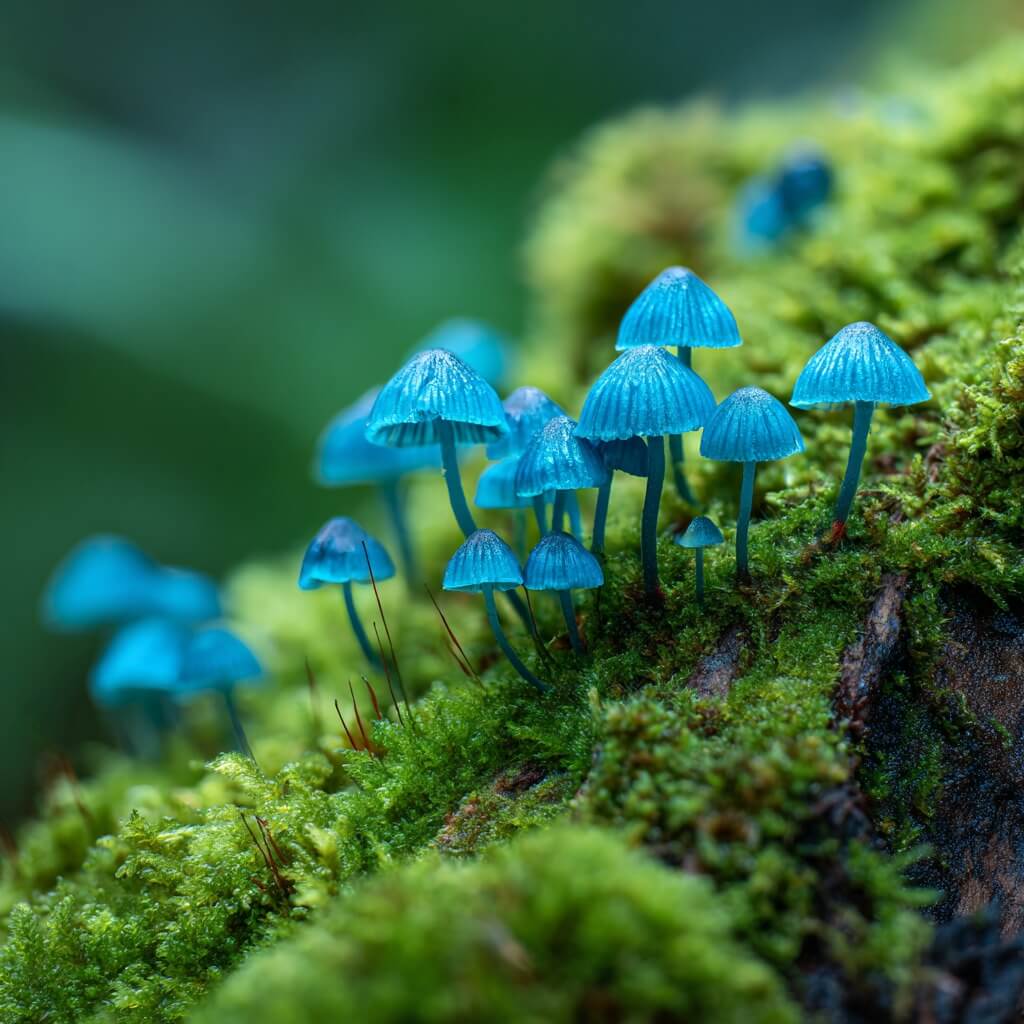
Native to Australia, New Zealand, and parts of Chile, the Blue Mycena looks like something out of a fantasy novel. Its cap shines in a vibrant, glossy electric blue that seems to glow even in the shade.
The color comes from rare azulene pigments, chemical compounds also found in some corals and plants. Blue Mycena typically grows on rotting logs in humid forests, thriving in mossy, decaying wood.
| Feature | Details |
| Region | Australia, New Zealand, Chile |
| Color | Bright sky blue |
| Habitat | Moist forest logs |
| Toxicity | Non-toxic (not edible due to size) |
These mushrooms are small (under 2 cm wide), but when clustered together, they create dazzling blue carpets that photographers often mistake for digital filters.
2. Scarlet Elf Cup (Sarcoscypha coccinea) – The Forest Jewel
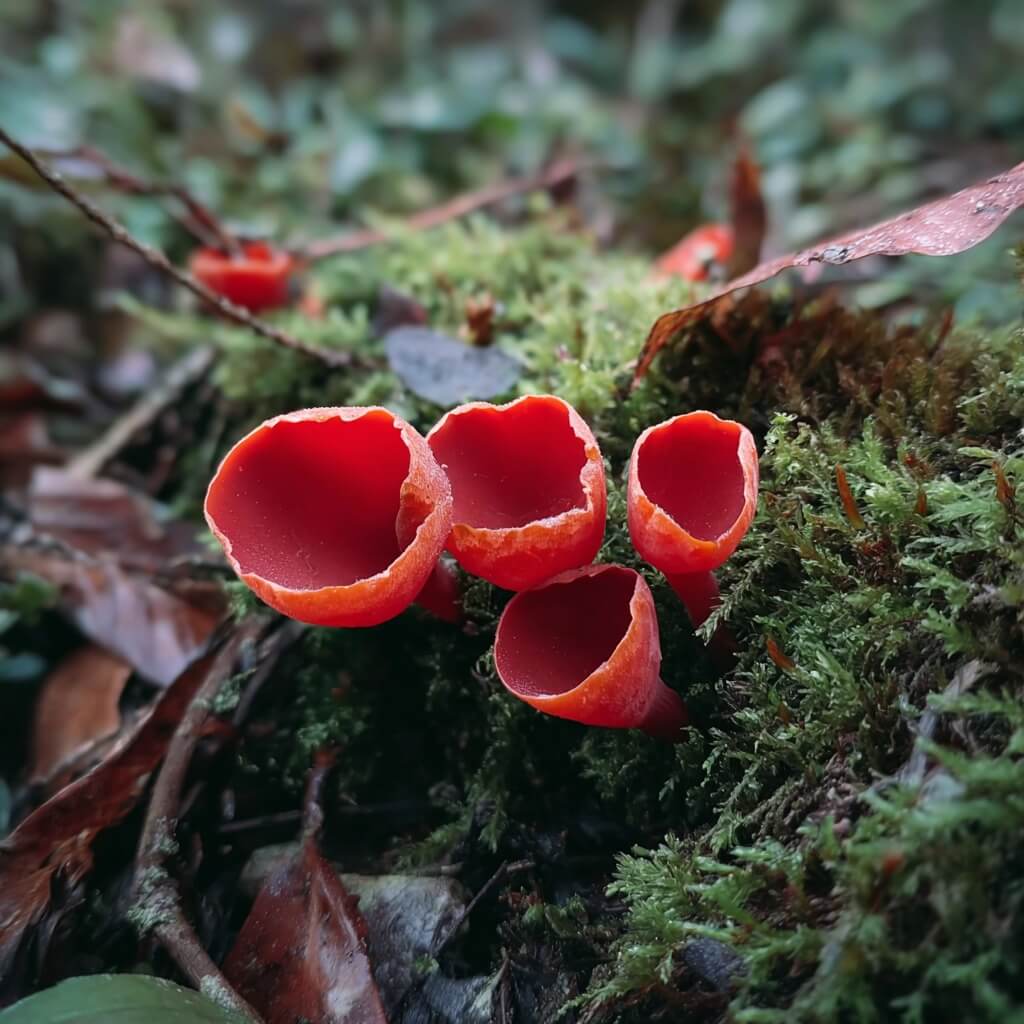
The Scarlet Elf Cup brightens cold, damp woodlands across North America and Europe. Its cup-shaped cap glows a vivid scarlet red, often peeking through leaf litter and snow in late winter.
The inner surface reflects light like polished glass, while the outer surface is pale and fuzzy. This contrast makes the fungus look like a miniature red bowl lit from within.
| Feature | Details |
| Region | Europe, North America |
| Color | Brilliant scarlet red |
| Season | Late winter to spring |
| Edibility | Mildly edible, rare for consumption |
Because it appears so early in the year, the Scarlet Elf Cup is often a symbol of forest renewal, signaling that the ecosystem is still alive beneath the frost.
3. Indigo Milk Cap (Lactarius indigo) – The Mushroom That Bleeds Blue
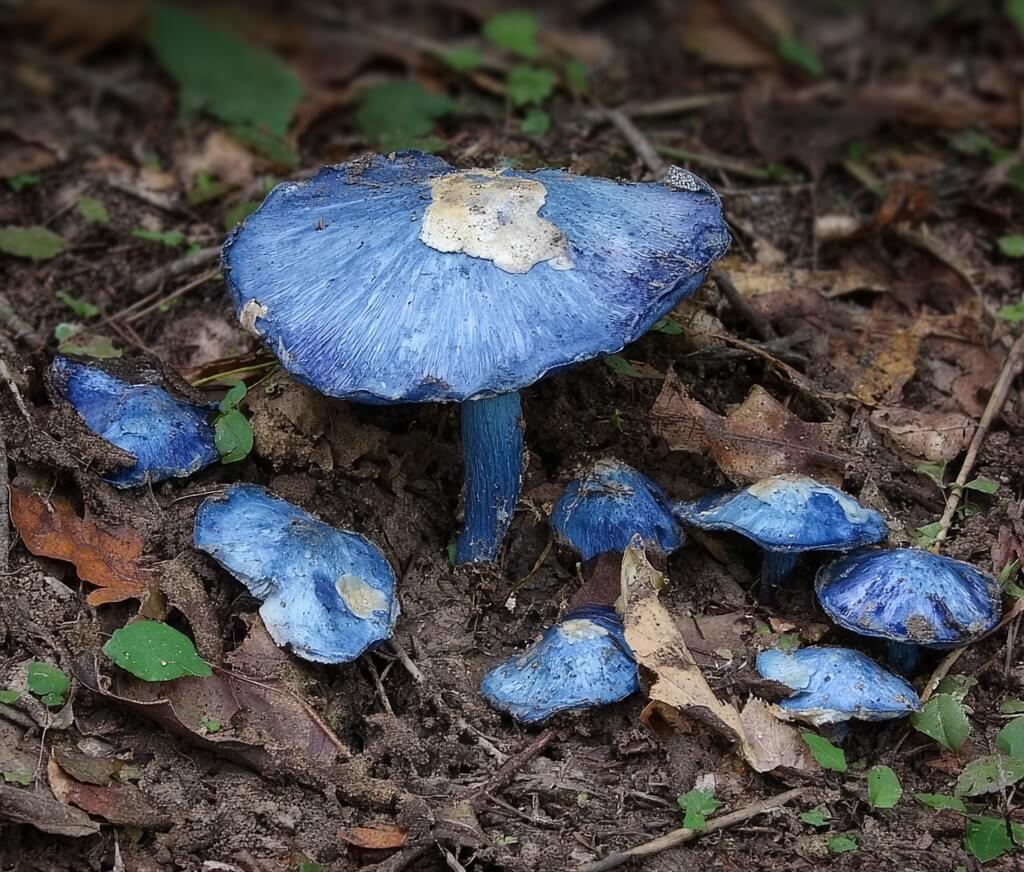
Among North America’s most striking fungi, the Indigo Milk Cap is easily recognized by its deep indigo-blue color and its uncanny ability to “bleed” blue latex when cut. The color can shift from bright blue in youth to grayish or greenish tones as it ages.
When cooked, the blue pigment fades, but it’s one of the few edible mushrooms with such an exotic hue.
| Feature | Details |
| Region | North and Central America |
| Color | Indigo to blue-gray |
| Unique Trait | Exudes blue “milk” when sliced |
| Edibility | Edible and flavorful when sautéed |
The blue latex contains compounds that oxidize when exposed to air, creating a color shift that fascinates both chefs and biologists.
4. Fly Agaric (Amanita muscaria) – The Classic Fairy-Tale Mushroom
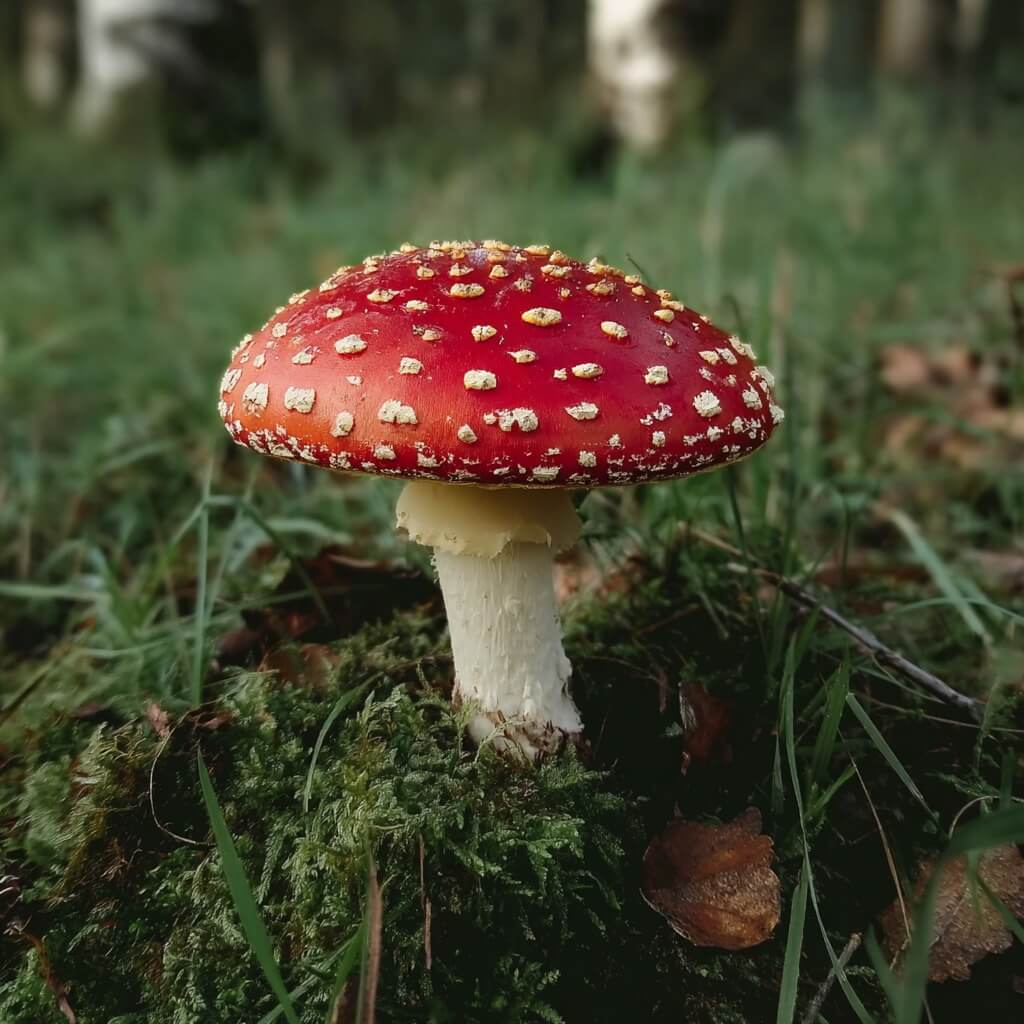
No mushroom is more iconic than the red-capped Fly Agaric with its white spots. Featured in fairy tales, cartoons, and folklore across Europe and Asia, it’s instantly recognizable and highly toxic.
The red color acts as a warning to predators, signaling the presence of ibotenic acid and muscimol, psychoactive compounds that cause hallucinations if ingested.
| Feature | Details |
| Region | Northern Hemisphere forests |
| Color | Crimson cap with white warts |
| Toxins | Ibotenic acid, muscimol |
| Edibility | Poisonous (can cause delirium) |
Despite its toxicity, the Fly Agaric has long been used in cultural rituals, especially in Siberia, where shamans used it for trance-like states.
5. Violet Coral (Clavaria zollingeri) – The Purple Forest Flame
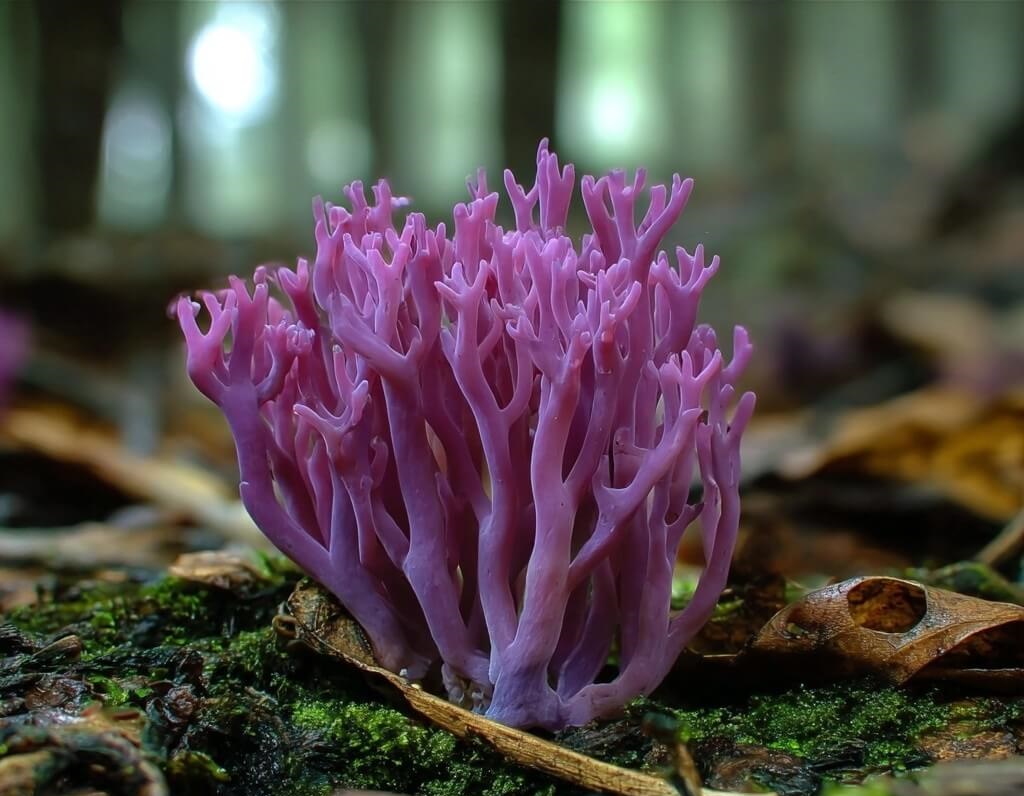
This fungus resembles sea coral more than a mushroom. With its vivid violet branches, the Violet Coral emerges from the forest floor like a bouquet of glowing tentacles.
It grows in grassy woodlands and feeds on decaying organic matter, helping recycle nutrients back into the soil. Its bright purple hue fades to pale lilac as it ages.
| Feature | Details |
| Region | Asia, North America, Europe |
| Color | Deep violet to lavender |
| Shape | Coral-like branching structure |
| Ecological Role | Saprotrophic (decomposer) |
Photographers often find these fungi among moss-covered logs, where their luminous color contrasts sharply with the dark greens of the forest.
6. Jack-O’-Lantern Mushroom (Omphalotus olearius) – The Glowing Fungus
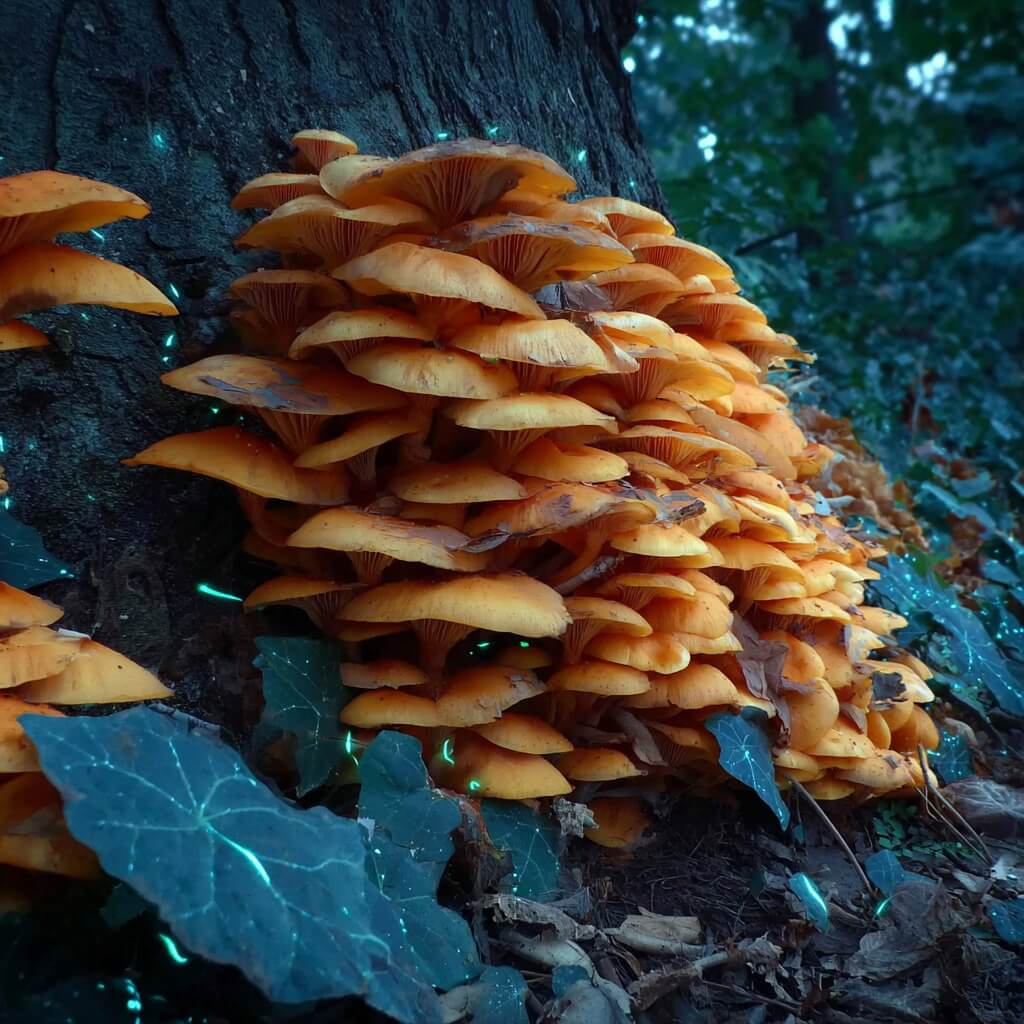
The Jack-O’-Lantern mushroom might look like a chanterelle, but it’s far from edible. Its orange color is so bright it almost seems lit from within, and in a way, it is.
This species is bioluminescent: its gills emit a soft greenish glow in the dark due to the chemical reaction of luciferin and luciferase, similar to fireflies.
| Feature | Details |
| Region | Europe, North America |
| Color | Bright orange |
| Glow | Bioluminescent gills (green light) |
| Edibility | Toxic |
At night, colonies of Jack-O’-Lanterns create an eerie forest glow that inspired their Halloween nickname centuries ago.
7. Green Elfcup (Chlorociboria aeruginascens) – The Wood-Staining Fungus
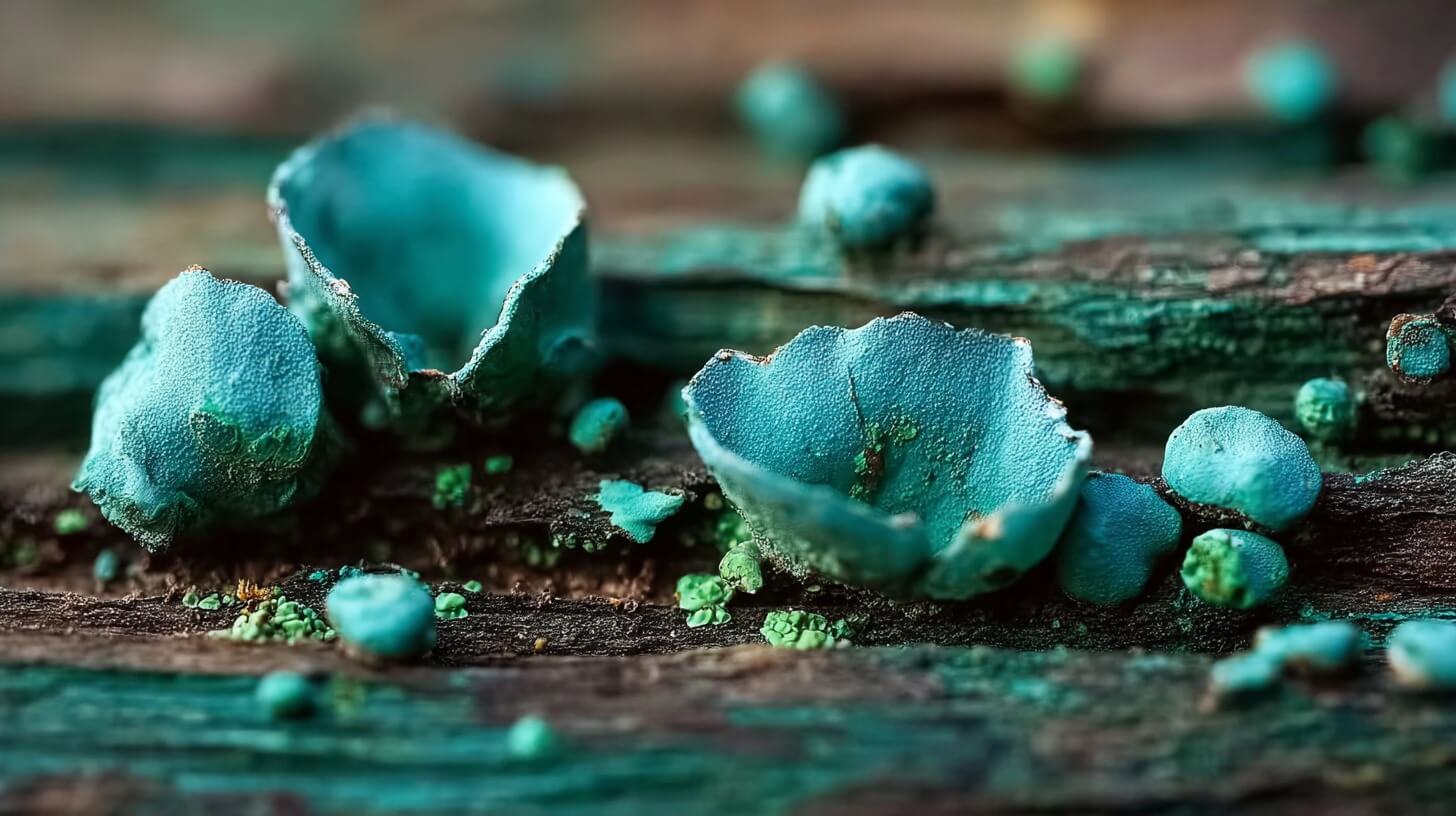
The Green Elfcup rarely forms visible mushrooms; instead, it’s famous for staining the wood it grows on a brilliant turquoise-green. This pigment, called xylindein, has been used since the 15th century for decorative woodworking, especially in “green oak” furniture.
| Feature | Details |
| Region | Europe, North America |
| Color | Emerald to turquoise |
| Habitat | Decaying hardwood |
| Edibility | Inedible (used in crafts) |
The stained wood, known as “green oak”, was prized by Renaissance artisans for marquetry, making this fungus both a natural artist and a historical curiosity.
8. Golden Pholiota (Pholiota aurivella) – The Shiny Gold Cap
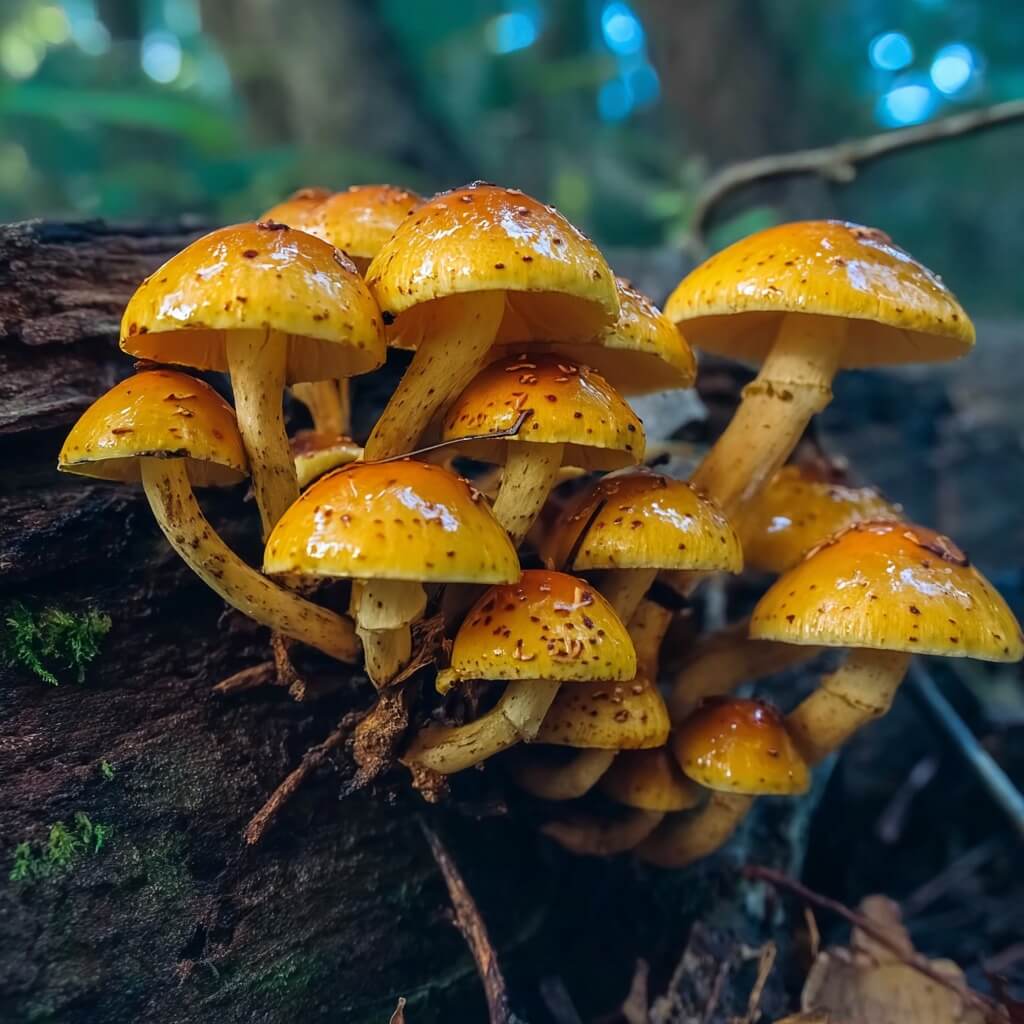
With caps that shimmer like metallic gold under sunlight, this mushroom looks almost artificial. The Golden Pholiota grows in dense clusters on decaying wood and tree trunks, with a sticky, gelatinous surface that reflects light like lacquer.
| Feature | Details |
| Region | Europe, North America |
| Color | Bright yellow-gold |
| Texture | Sticky, shiny cap |
| Edibility | Inedible (bitter taste) |
Its slippery surface and reflective texture give it the appearance of molten gold scattered through the forest.
9. Vermilion Waxcap (Hygrocybe miniata) – The Tiny Red Flame
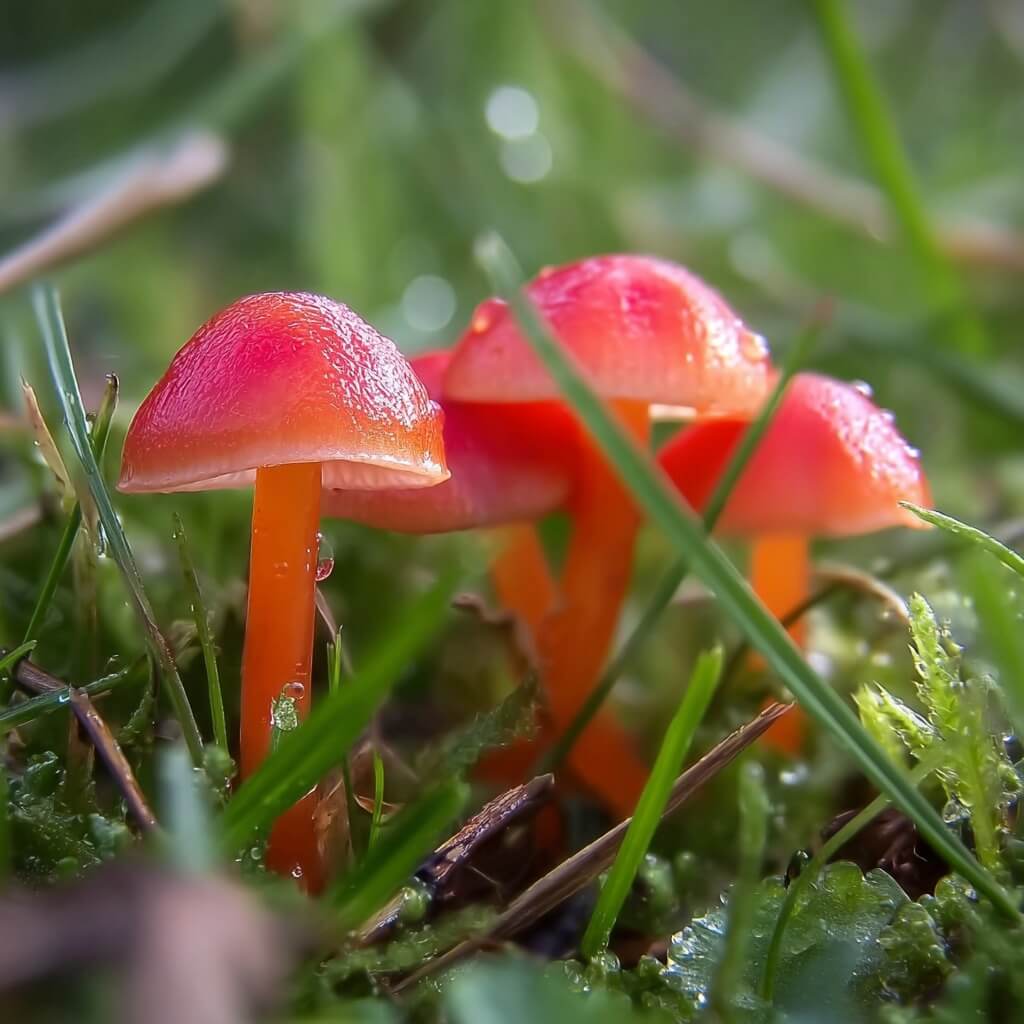
Found in grassy meadows and wood edges, the Vermilion Waxcap is one of the most intensely red mushrooms in the world. Its waxy surface glows with fiery tones of orange and crimson, especially after rain.
| Feature | Details |
| Region | Europe, Asia, North America |
| Color | Bright red to orange-red |
| Texture | Waxy, glossy |
| Size | 1–3 cm cap diameter |
These mushrooms are often used as bioindicators of undisturbed grasslands, since they thrive only in nutrient-poor, unpolluted soils.
10. Bleeding Tooth Fungus (Hydnellum peckii) – Nature’s Creepiest Beauty
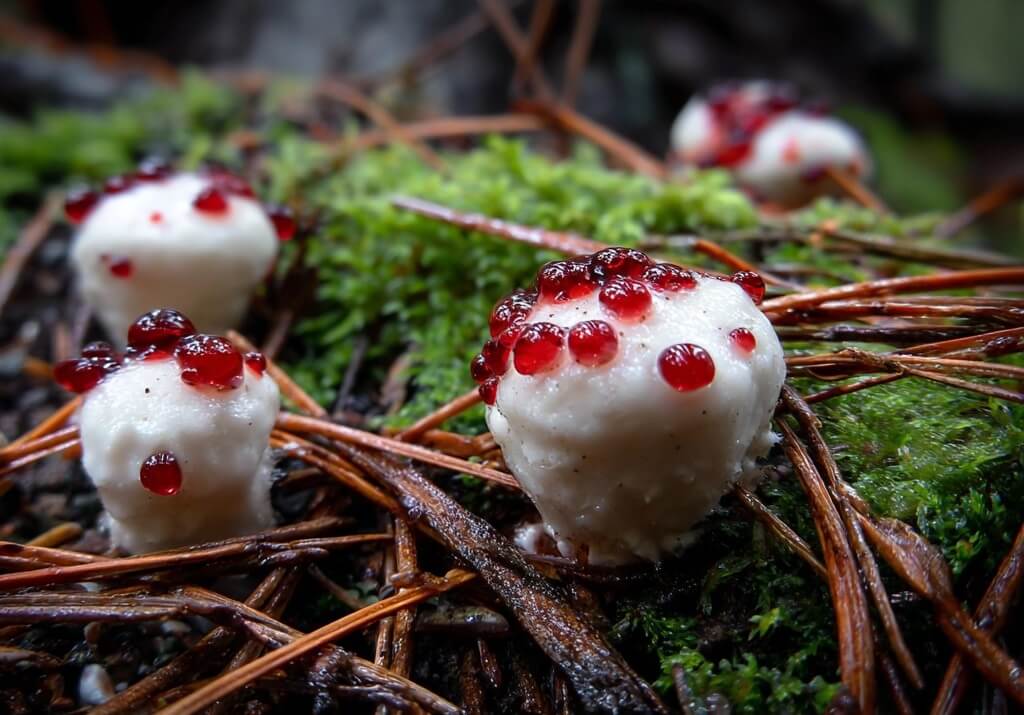
The Bleeding Tooth Fungus might look like a horror movie prop, but it’s real. This fungus produces red, blood-like droplets that ooze through its white, cushiony surface. The pigment, atromentin, serves antibacterial purposes and deters predators.
Despite its gory appearance, it’s not poisonous, just bitter and inedible.
| Feature | Details |
| Region | North America, Europe |
| Color | White surface with red droplets |
| Pigment | Atromentin |
| Edibility | Inedible (bitter taste) |
When fresh, its “bleeding” droplets glisten like syrup, earning it nicknames such as “Devil’s Tooth” and “Strawberries and Cream Fungus.”
View this post on Instagram
Final Thoughts
Colorful fungi remind us that the natural world doesn’t follow our expectations. Whether glowing under blacklight, bleeding red, or shimmering like metal, these species blur the line between art and biology.
Each one plays a crucial ecological role, decomposing, recycling, or signaling forest health, while displaying colors that rival those of coral reefs or tropical fish.
Related Posts:




